Hrvatski Centar Obnovljivih Izvora Energije (HCOIE)
prenosi Vam
PRAVILNIK
O IZMJENAMA I DOPUNAMA PRAVILNIKA O JEDNOSTAVNIM GRAĐEVINAMA I RADOVIMA
Članak 1.
U Pravilniku o jednostavnim građevinama i radovima
(»Narodne novine«, br. 21/09, 57/10, 126/10 i 48/11) u članku 1. iza
riječi: »jednostavne« dodaju se riječi: »i druge«.
Članak 2.
Članak 2. mijenja se i glasi:
»Bez akta kojim se odobrava građenje i lokacijske
dozvole, a u skladu s glavnim projektom ili tipskim projektom za kojega
je doneseno rješenje na temelju članka 196. Zakona o prostornom uređenju
i gradnji, može se graditi:
1. Pomoćna građevina koja se gradi na građevnoj čestici postojeće zgrade za potrebe te zgrade i to:
– cisterna za vodu i septička jama zapremine do 27 m³,
– podzemni i nadzemni spremnik goriva zapremine do 10 m³,
– bazen tlocrtne površine do 24 m² i dubine do 2 m,
– sustav sunčanih kolektora, odnosno fotonaponskih modula u svrhu proizvodnje toplinske, odnosno električne energije;
2. Priključak kojim se postojeća građevina
priključuje na infrastrukturne instalacije (niskonaponsku električnu i
telekomunikacijsku mrežu, vodovod, kanalizaciju, plinovod, toplovod,
kabelsku televiziju);
3. Dječje igralište;
4. Građevina namijenjena:
– mjerenju kakvoće zraka, radioloških,
meteoroloških i aerosolnih veličina, vodostaja rijeke ili drugim
mjerenjima prema posebnom zakonu,
– istražnim mjerenjima na temelju odluke tijela nadležnog za ta istražna mjerenja;
5. Građevina protugradne obrane;
6. Građevina za sigurnost:
– cestovnog prometa (vertikalna i horizontalna signalizacija),
– plovidbe (objekt signalizacije),
– zračnog prometa (objekata za smještaj navigacijskog uređaja građevinske (bruto) površine do 12 m²);
7. Prenosiva autoplin jedinice (tzv. »skid« jedinica) zapremine do 10 m³ na građevnoj čestici postojeće benzinske postaje;
8. Privremena građevine za potrebe građenja
građevine odnosno uređenja gradilišta kada se izvode unutar građevne
čestice odnosno obuhvata zahvata u prostoru određenog lokacijskom
dozvolom, osim asfaltne baze, separacije agregata, tvornice betona,
dalekovoda i transformatorske stanice radi napajanja gradilišta
električnom energijom te prijenosnog spremnika za smještaj, čuvanje ili
držanje eksplozivnih tvari osim nadzemnog i podzemnog spremnika
ukapljenoga naftnog plina, odnosno nafte zapremine do 10 m³;
9. građevina unutar pružnog pojasa željezničke pruge, namijenjena osiguravanju željezničko-cestovnog prijelaza i to:
– građevina za smještaj unutrašnje opreme,
građevinske (bruto) površine do 6 m² i visine do 3,2 m mjereno od
najnižeg dijela konačno zaravnanog i uređenog terena uz pročelje do
najviše točke građevine,
– vanjski elementi osiguranja prijelaza (svjetlosni
znakovi za označivanje prijelaza ceste preko željezničke pruge dodatno
opremljeni s jakozvučnim zvonima, branici ili polubranici s
uključno/isključnim elementi na tračnicama),
– kabel za međusobno povezivanje unutrašnje opreme u kućici i vanjskih elemenata unutar jednog prijelaza;
10. Građevina namijenjena gospodarenju šumom u skladu s posebnim propisom, kao što je:
– šumska cesta u šumi ili na šumskom zemljištu širine do 5 m, izvedena na tlu bez završnog zastora (makadam ili zemljani put)
– pješačka staze,
– šumski protupožarni prosjek;
11. Građevina i oprema namijenjene biljnoj proizvodnji na otvorenom prostoru, kao što je:
– hidrantski priključak za navodnjavanje i
protumraznu zaštitu, razvod sustava za navodnjavanje i protumraznu
zaštitu od hidrantskog priključka ili razvod na parceli krajnjeg
korisnika,
– zacijevljeni bunar promjera manjeg ili jednakog
100 cm, za potrebe prihvata vode za navodnjavanje i druge aktivnosti
poljoprivredne proizvodnje,
– kanal za sakupljanje oborinskih i erozivnih voda
izveden neposredno u tlu i sa zaštitom od procjeđivanja izvedenom
isključivo od fleksibilnih folija,
– akumulacija za navodnjavanje sa zaštitom od procjeđivanja isključivo fleksibilnom folijom,
– poljski put na poljoprivrednoj površini širine
manje ili jednake 5 m, izveden u tlu bez završnog zastora (makadam ili
zemljani put);
12. Građevina i oprema namijenjena biljnoj proizvodnji u zatvorenom prostoru, kao što je:
– plastenik s pokrovom mase plohe pokrova manje ili
jednake 1,5 kg/m² izrađenim od polimerne folije odnosno od
polikarbonatnih i/ili poliesterskih ploča i potkonstrukcijom s trakastim
temeljima ili temeljima samcima, bez izvedenog poda i bez stacionarnih
uređaja za grijanje i ostalih instalacija,
– staklenik s pokrovom najveće mase plohe pokrova
manje ili jednake 12,5 kg/m² i potkonstrukcijom s trakastim temeljima
ili temeljima samcima, bez izvedenog poda i bez stacionarnih uređaja za
grijanje i ostalih instalacija,
– plastenik, odnosno staklenik iz alineje 1. i 2.
ovoga podstavka s razvodom sustava za navodnjavanje, toplovodnog ili
toplozračnog grijanja, niskonaponske električne instalacije te
instalacije plina, uključivo priključak na postojeću građevinu za
opskrbu vodom, plinom i električnom energijom, pripremu tople vode ili
toplog zraka, pripremu mješavine hranjive otopine ili skladištenje CO2;
13. Građevina i oprema namijenjena držanju stoke, kao što je:
– vjetrenjača s bunarom i pumpom za crpljenje vode namijenjena parceli jednog korisnika,
– sabirališta mlijeka s pristupnim putem širine
manje ili jednake 5 m, izveden u tlu bez završnog zastora (makadam ili
zemljani put);
14. Građevina seizmološke postaje Seizmološke službe Republike Hrvatske;
15. Antenski stup elektroničke komunikacijske infrastrukture mobilnog operatera sa baznom stanicom;
16. Zamjenski informacijski stup oglasne površine veće od 12 m².
Bez akta kojim se odobrava građenje i lokacijske dozvole te bez glavnog projekta, može se graditi:
1. Vrtna sjenica i nadstrešnica tlocrtne površine do 15 m² na građevnoj čestici postojeće zgrade;
2. Ograda visine do 1,6 m i potporni zid visine do 1
m, mjereno od najnižeg dijela konačno zaravnanog i uređenog terena uz
ogradu odnosno zid do najviše točke ograde odnosno zida;
3. Građevina na javnoj površini koja se gradi u
skladu s odlukom nadležnog tijela jedinice lokalne samouprave prema
propisima kojima se uređuje komunalno gospodarstvo i to:
– kiosk i druga građevina gotove konstrukcije građevinske (bruto) površine do 12 m²,
– nadstrešnica za sklanjanje ljudi u javnom prometu,
– spomeničko ili sakralno obilježje građevinske (bruto) površine do 12 m² i visine do 4 m od razine okolnog tla,
– reklamni pano oglasne površine do 12 m²,
– komunalna oprema (klupa, koš za otpatke, tenda, jednostavni podesti otvorenih terasa i sl.);
4. Grobnica i spomenik na groblju;
5. Privremena građevine za potrebe sajmova i javnih manifestacija s najdužim rokom trajanja do 90 dana;
6. Pješačka staza, promatračnica, obavijesna ploče
površine do 12 m² i druga oprema zaštićenih dijelova prirode prema
odluci javnih ustanova koje upravljaju tim zaštićenim dijelovima
prirode;
7. Građevina i oprema namijenjene biljnoj
proizvodnji na otvorenom prostoru, kao što je oprema za dugogodišnje
nasade (vinograde, voćnjake, hmeljike, maslinike) i rasadnike ukrasnog
bilja te voćnog i vinogradarskog sadnog materijala, što uključuje
konstrukciju nasada bez obzira na materijal (stupovi, zatega, žice,
podupore) ovisno o uzgojnom obliku, protugradnu mrežu s potkonstrukcijom
i ograđivanje poljoprivrednih površina prozračnom ogradom sa stupovima
bez trakastog temeljenja;
8. Građevina i oprema namijenjena biljnoj
proizvodnji u zatvorenom prostoru, kao što je niski i visoki
poljoprivredni tunel s tunelskim pokrovom koji nije krut (plastična
folija i sl.) i potkonstrukcijom koja se ne temelji, najveće visine
tunela manje ili jednake 2,5 m i širine tunela manje ili jednake 6 m;
9. Građevina i oprema namijenjena držanju stoke, kao što je:
– ograda za pregrađivanje i ograđivanje pašnjaka i
prostora za držanje stoke, divljači i zaštićenih životinjskih vrsta na
otvorenom, uključivo ogradu pod naponom struje 24 V (električni pastir),
– nadstrešnica za sklanjanje stoke s prostorom zaklonjenim od vjetra zatvorenim s najviše tri strane,
– pojilo za stoku,
– konstrukcija za držanje košnica pčela;
10. Čeka, hranilište, solište, mrcilište i gatar koji se grade u lovištu;
11. Ugljenara izvan građevinskog područja do 4 m promjera i do 4 m visine.«.
Članak 3.
Članak 3. mijenja se i glasi:
»Bez akta kojim se odobrava građenje i lokacijske
dozvole, a u skladu s glavnim projektom ili tipskim projektom za kojega
je doneseno rješenje na temelju članka 196. Zakona o prostornom uređenju
i gradnji, mogu se izvoditi radovi na:
1. Vodotoku i vodnom dobru, javnoj cesti, građevini
željezničke infrastrukture, unutarnjem plovnom putu i drugim
građevinama, koji su prema posebnom propisu nužni za ispunjavanje obveza
tehničkog i gospodarskog održavanja ako tim radovima ne nastaje nova
građevina niti se mijenjaju lokacijski uvjeti;
2. Postojećoj građevini kojim se postavlja elektronička komunikacijska oprema (antenski prihvat);
3. Postojećoj građevini kojim se proširuje
kapacitet glavnog razdjelnika nepokretne javne telefonske mreže na način
da se s vanjske strane građevine prigrade najviše 3 ormarića oslonjena
na tlo maksimalnih vanjskih gabarita 0,60 x 2 x 2 m, pod uvjetom da su
ormarići smješteni na građevnoj čestici građevine;
4. Postojećoj zgradi kojim se dodaju, obnavljaju
ili zamjenjuju dijelovi zgrade koji su dio omotača grijanog ili hlađenog
dijela zgrade ili su dio tehničkog sustava zgrade, kao što su:
– prozori, vrata ili prozirni elementi pročelja,
– toplinska izolacija podova, zidova, stropova, ravnih i kosih krovova,
– hidroizolacija,
– oprema, odnosno postrojenje za grijanje, hlađenje
ili ventilaciju, te za automatsko upravljanje, regulaciju i daljinsko
praćenje potrošnje energije ili vode,
– vodovod i kanalizacija,
– plinske instalacije;
5. Postojećoj zgradi kojim se postojeći sustav
grijanja i zagrijavanja potrošne tople vode zamjenjuje sustavom koji je
riješen iskorištavanjem toplinske energije tla primjenom dizalica
topline čiji podzemni izmjenjivači topline ne prelaze na susjedne
čestice;
6. Postojećoj zgradi kojim se postavlja sustav
sunčanih kolektora, odnosno fotonaponskih modula u svrhu proizvodnje
toplinske, odnosno električne energije;
7. Postojećim instalacijama javne rasvjete u svrhu poboljšanja njihove energetske učinkovitosti;
8. Postojećoj građevini kojim se postavlja oprema namijenjena punjenju elektromotornih vozila.
Bez akta kojim se odobrava građenje i lokacijske dozvole te bez glavnog projekta, mogu se izvoditi radovi na:
1. Postojećoj građevini kojima se ne mijenja
usklađenost građevine s lokacijskim uvjetima u skladu s kojima je
izgrađena niti se utječe na ispunjavanje bitnih zahtjeva za građevinu;
2. Uređenju građevne čestice postojeće građevine
kao što je građenje staze, platoa i stuba oslonjenih cijelom površinom
neposredno na tlo s pripadajućim rukohvatima, vrtnog bazena ili ribnjaka
građevinske (bruto) površine do 12 m² i dubine do 1 m od razine okolnog
tla, otvorenog ognjišta građevinske (bruto) površine do 1,5 m² i visine
do 3 m od razine okolnog tla, stabilnih dječjih igračaka;
3. Stubama, hodnicima i drugim prostorima na
pristupima građevini i unutar građevine, te na javnim površinama radi
omogućavanja nesmetanog pristupa i kretanja osobama s teškoćama u
kretanju ako se time ne narušava funkcija i namjena građevine, odnosno
ako se ne utječe na ispunjavanje bitnih zahtjeva za građevinu i /ili
zadovoljavanje lokacijskih uvjeta, te druge radove denivelacije, ugradbe
zvučnih semaforskih uređaja i ugradbe taktilnih površina u građevinama i
na javno-prometnim površinama.«.
Članak 4.
U članku 4. stavku 1. podstavku 2. riječ: »ne« briše se.
Članak 5.
Članak 4.a mijenja se i glasi:
»Bez rješenja o uvjetima građenja, a u skladu s
glavnim projektom, može se pristupiti rekonstrukciji zgrade kojom se ne
mijenjaju lokacijski uvjeti u skladu s kojima je ista izgrađena.«.
Članak 6.
Ovaj Pravilnik stupa na snagu osmog dana od dana objave u »Narodnim novinama«.
Klasa: 360-01/12-04/10
Urbroj: 531-01-12-1
Zagreb, 13. srpnja 2012.
Na temelju članka 104. i članka 209. stavka 5. Zakona o prostornom
uređenju i gradnji (»Narodne novine«, br. 76/07, 38/09, 55/11, 90/11 i
50/12) ministar graditeljstva i prostornoga uređenja
Ministar
Ivan Vrdoljak, dipl. ing. el., v. r.
Hrvatski Centar Obnovljivih Izvora Energije (HCOIE)




















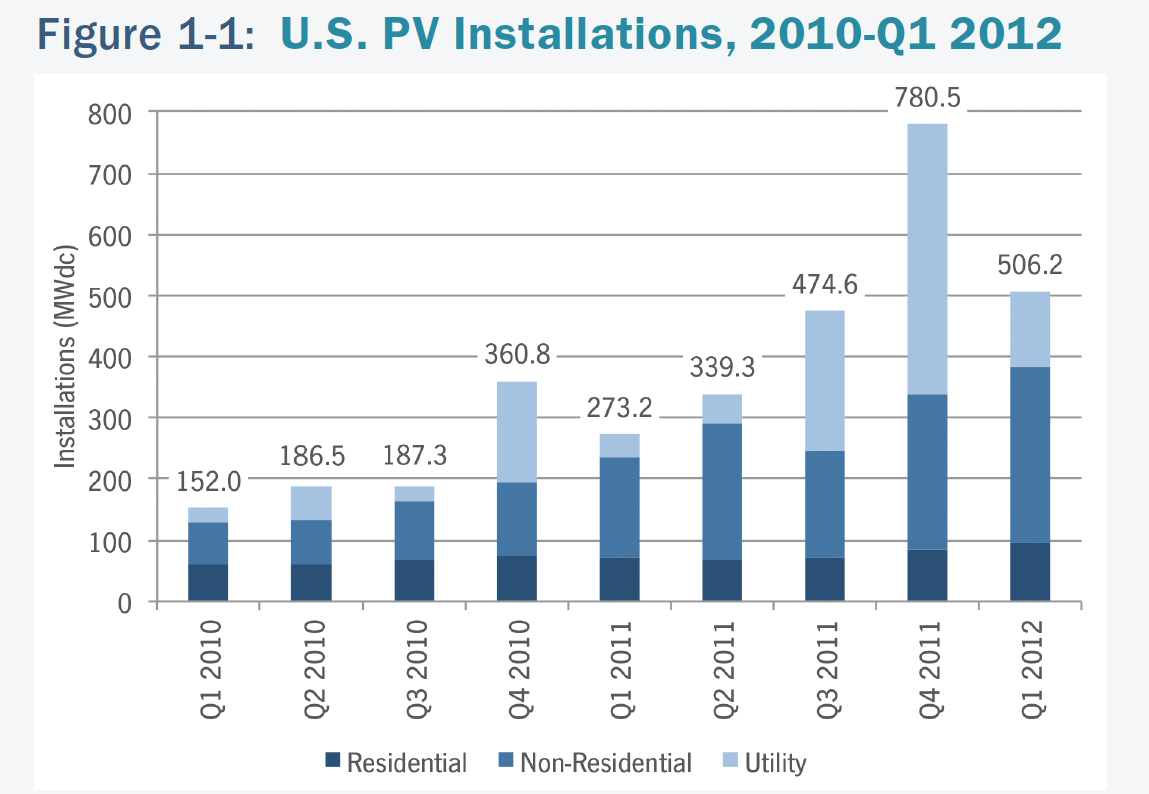
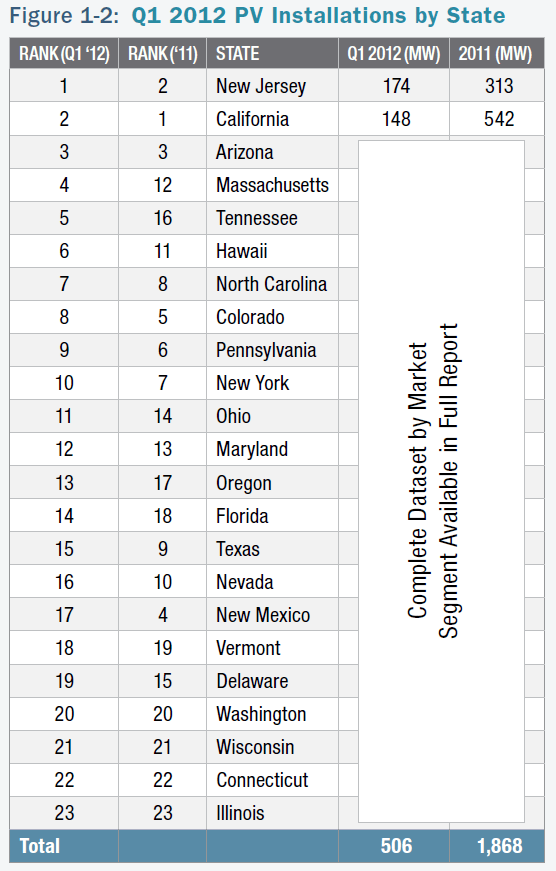
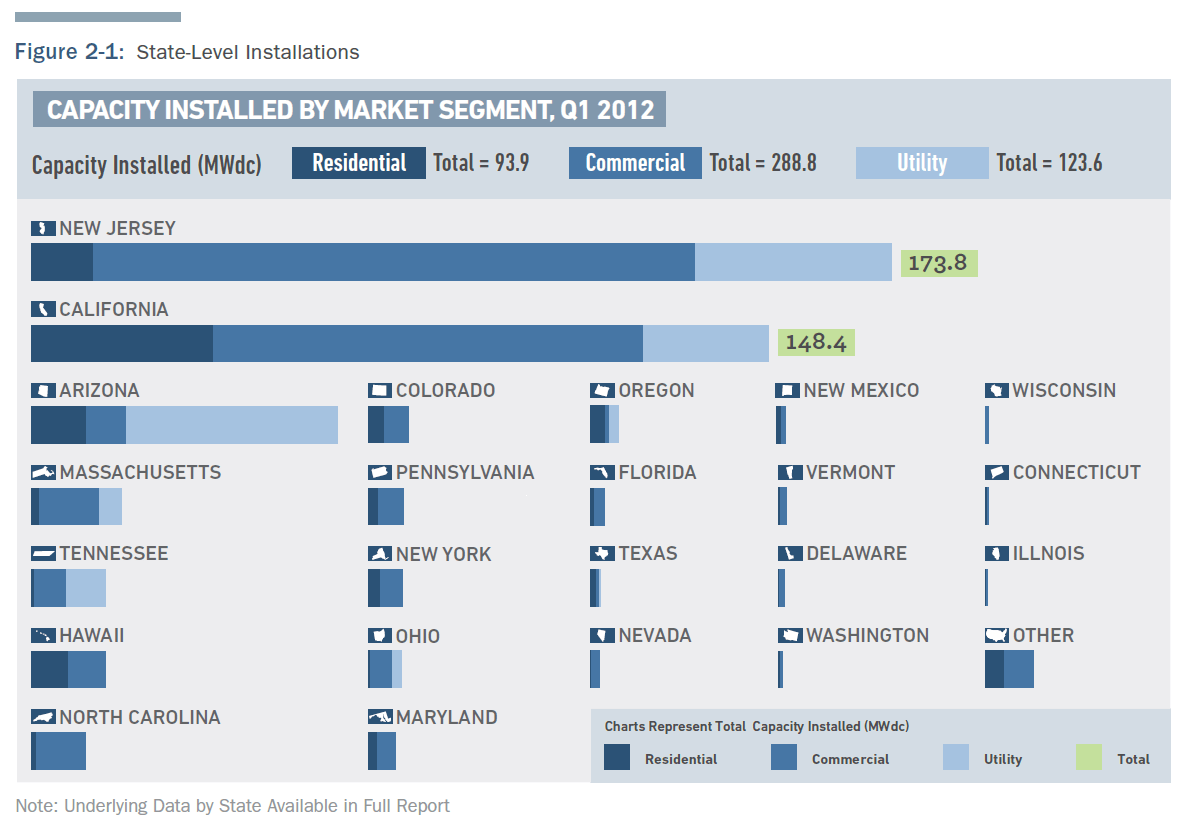
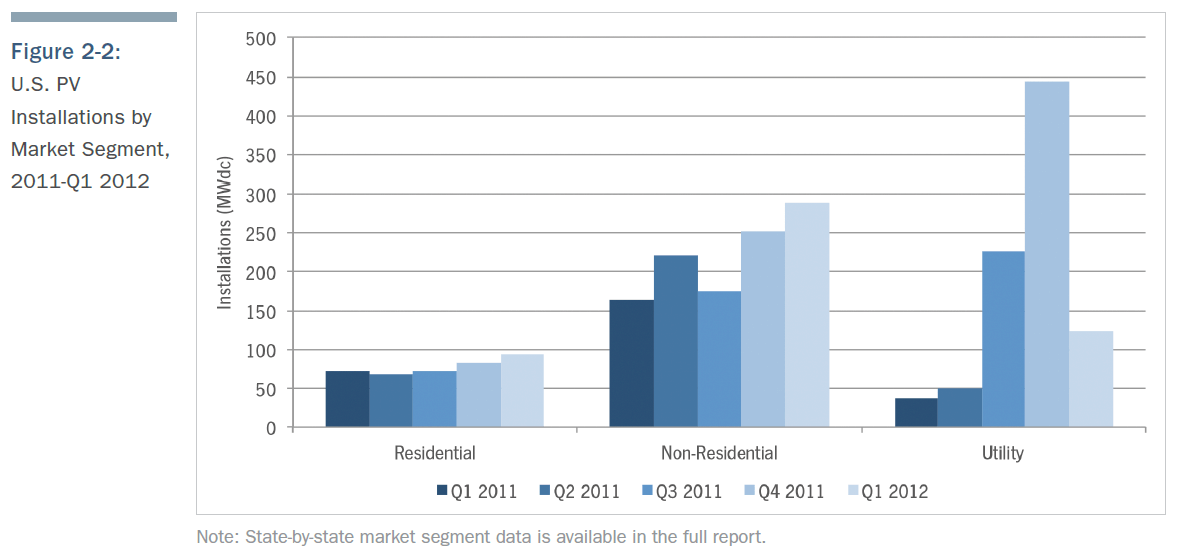
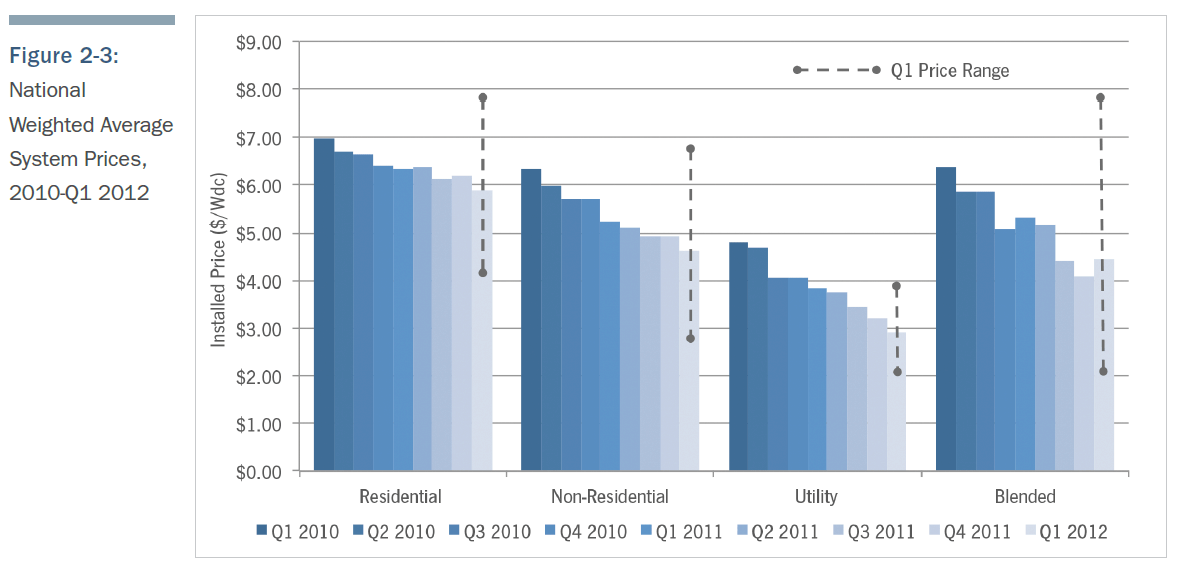
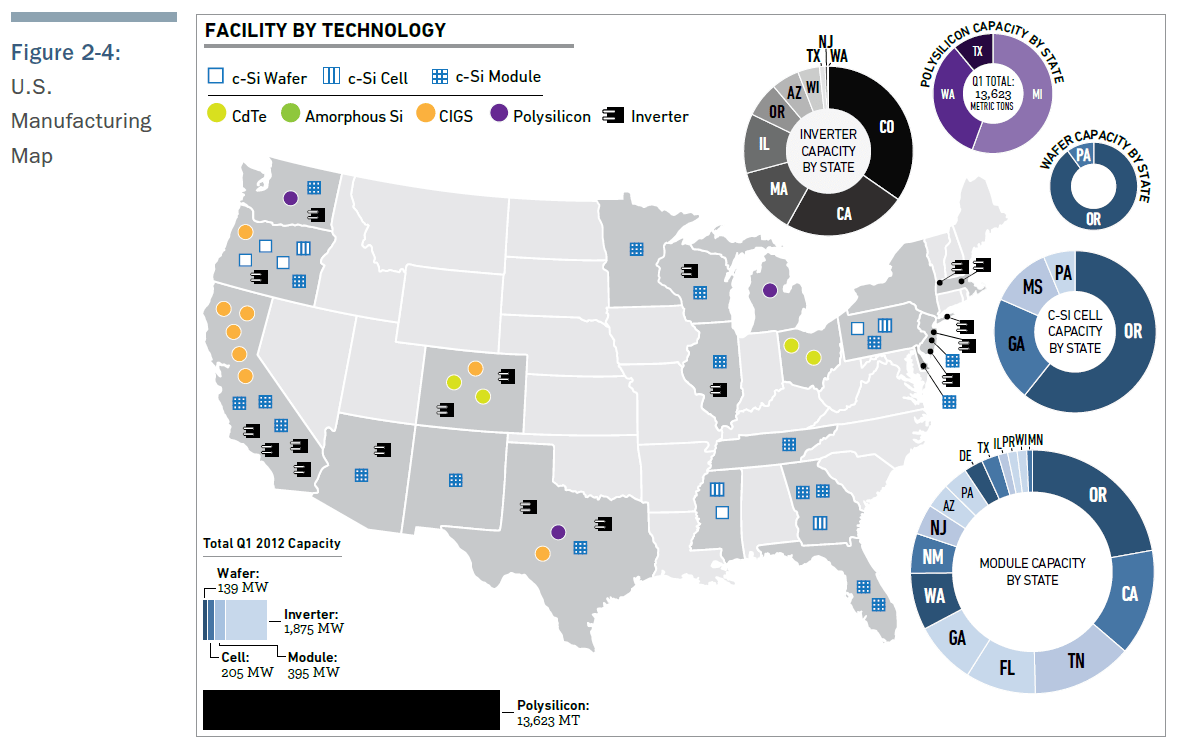
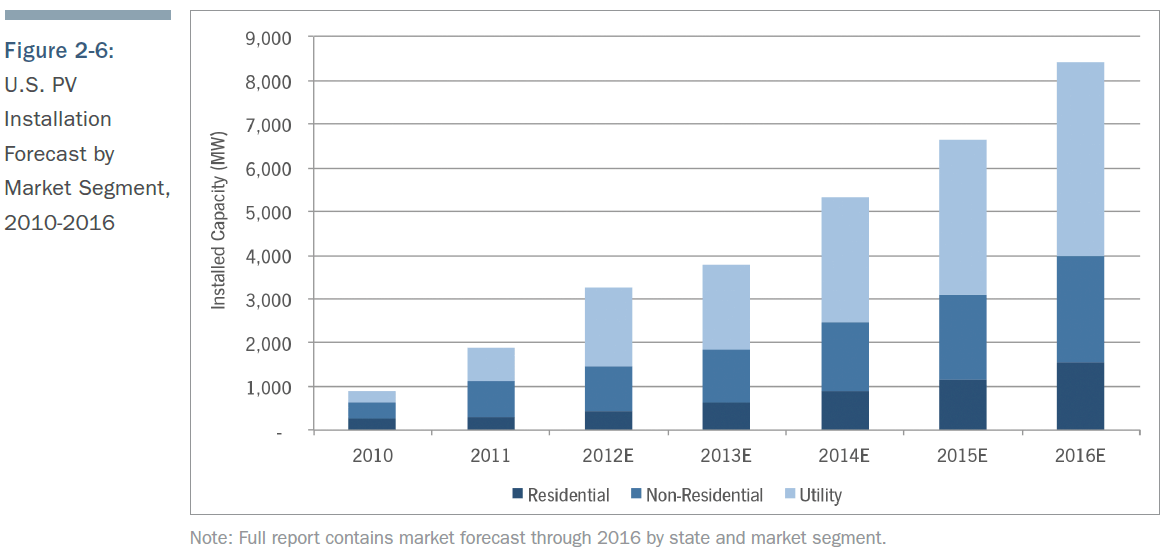


 ehnologije.
U institutu je aktivno 66 znanstvenika i istraživača i 12 znanstvenih
novaka na realizaciji Programa temeljne djelatnosti (Geološke karte),
pitanjima zaštite okoliša, istraživanju podzemnih voda,
inženjerskogeoloških karakteristika terena te istraživanju mineralnih
sirovina.
ehnologije.
U institutu je aktivno 66 znanstvenika i istraživača i 12 znanstvenih
novaka na realizaciji Programa temeljne djelatnosti (Geološke karte),
pitanjima zaštite okoliša, istraživanju podzemnih voda,
inženjerskogeoloških karakteristika terena te istraživanju mineralnih
sirovina. 
